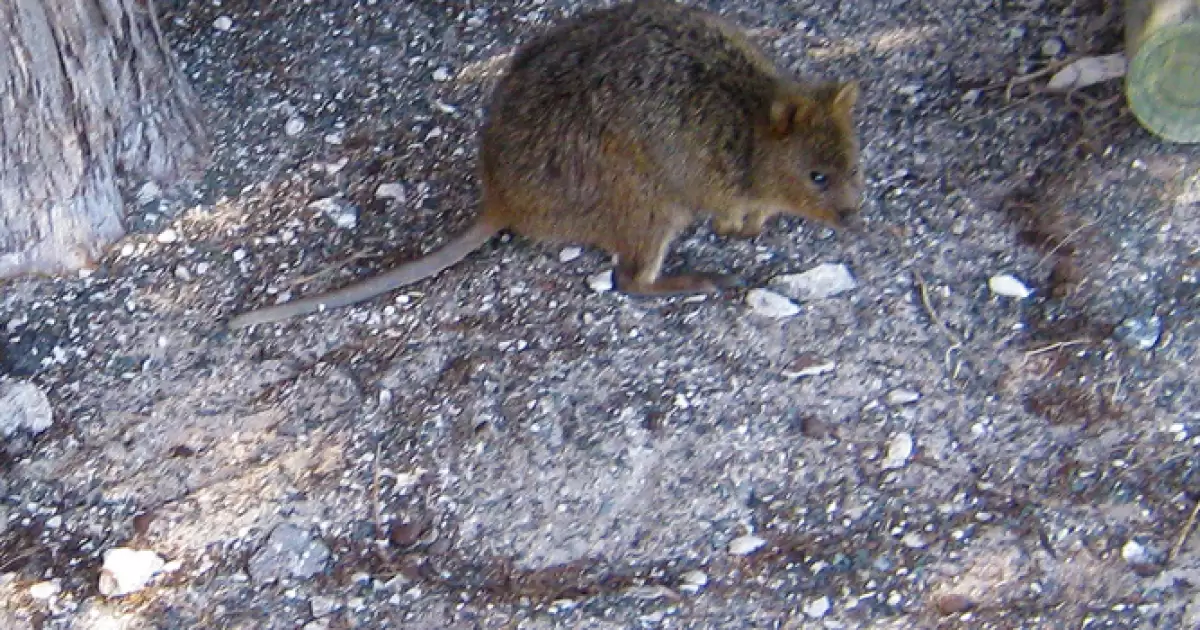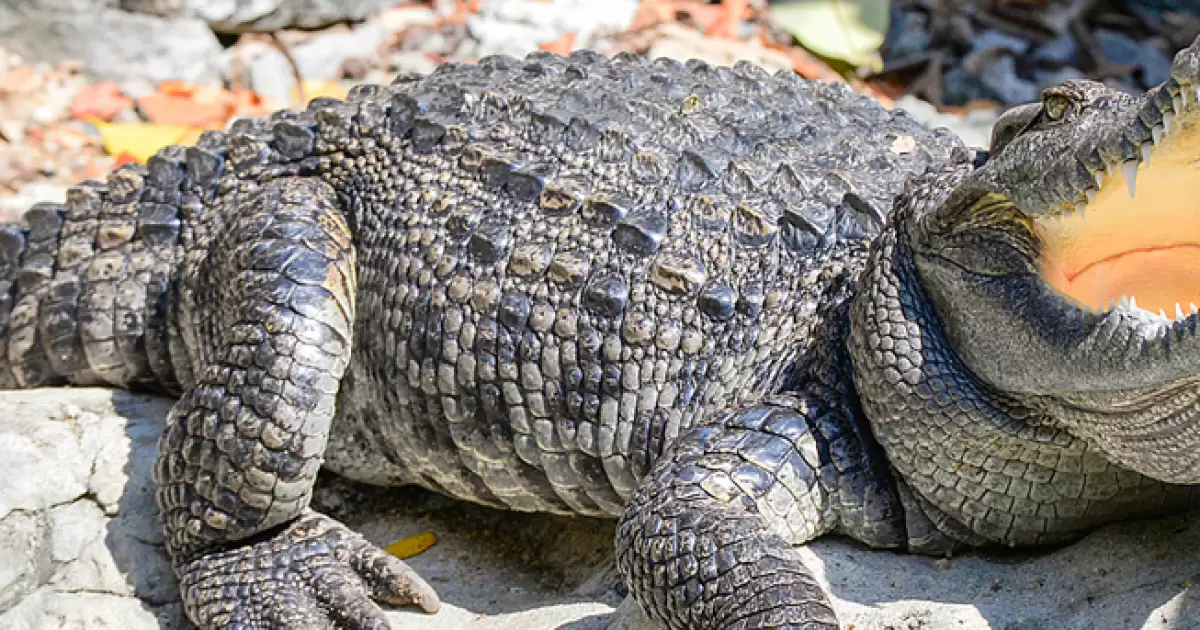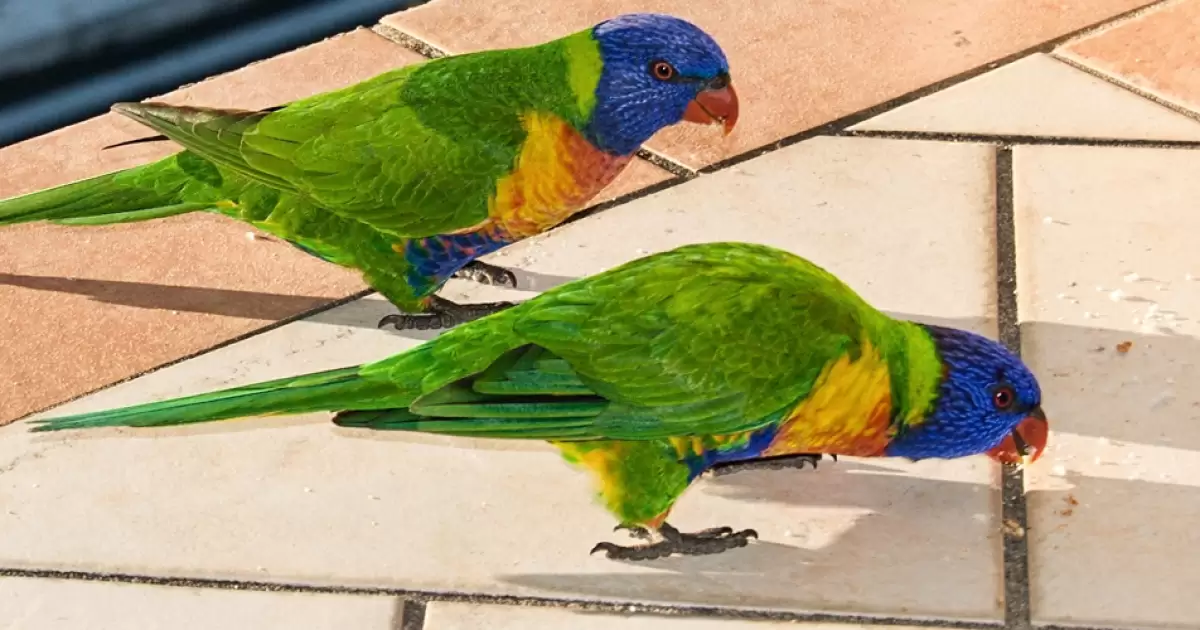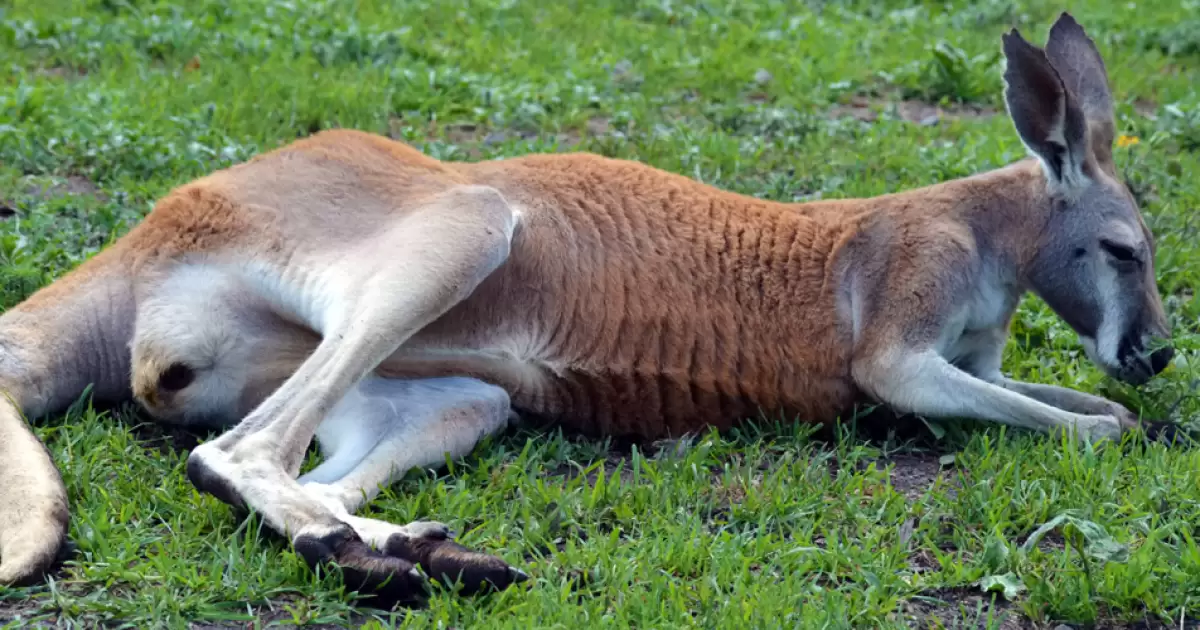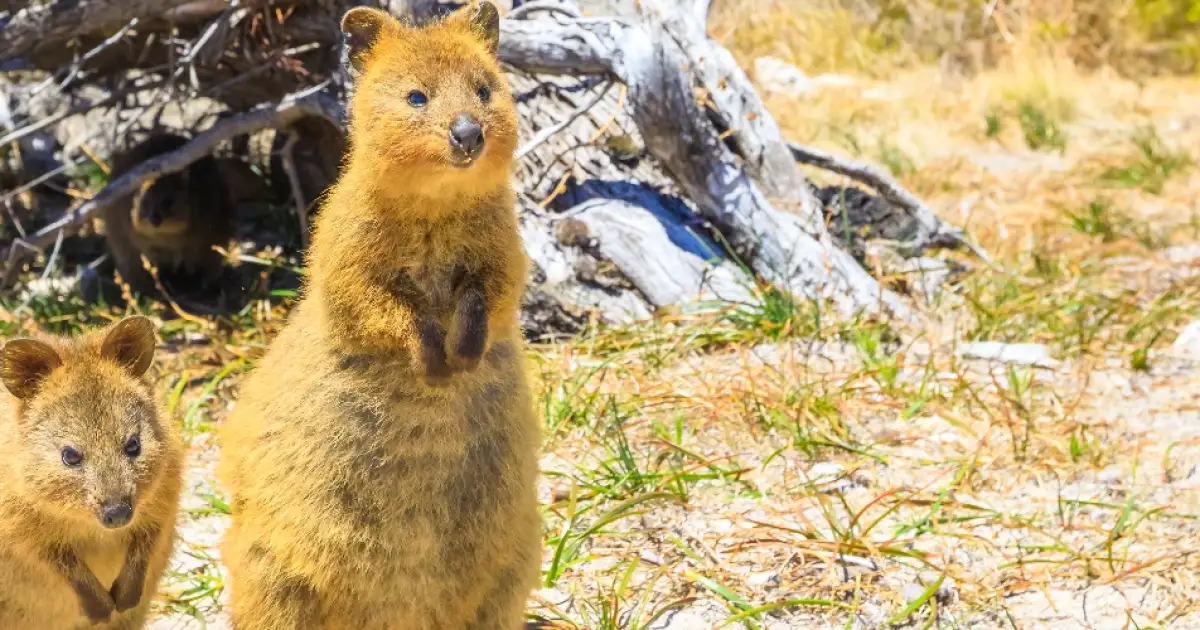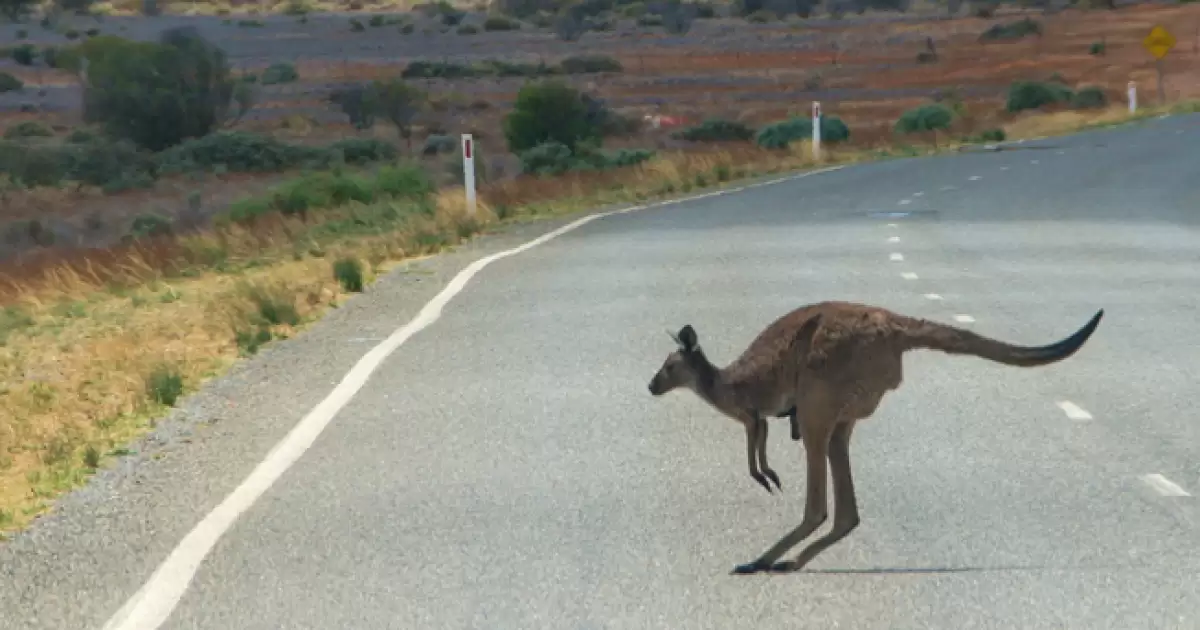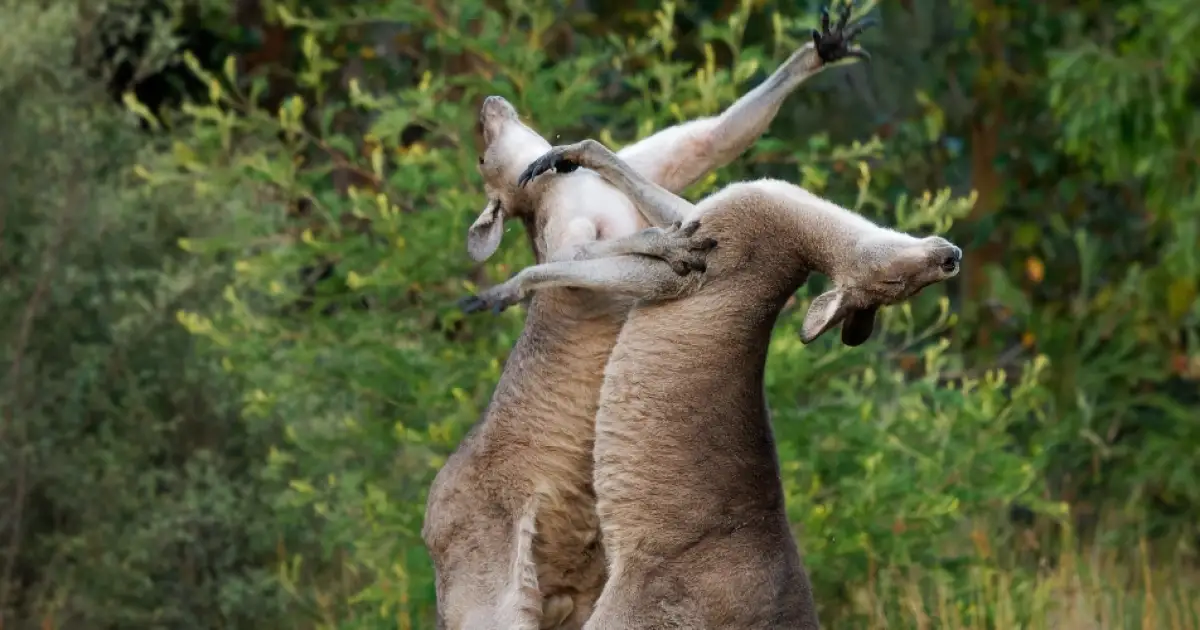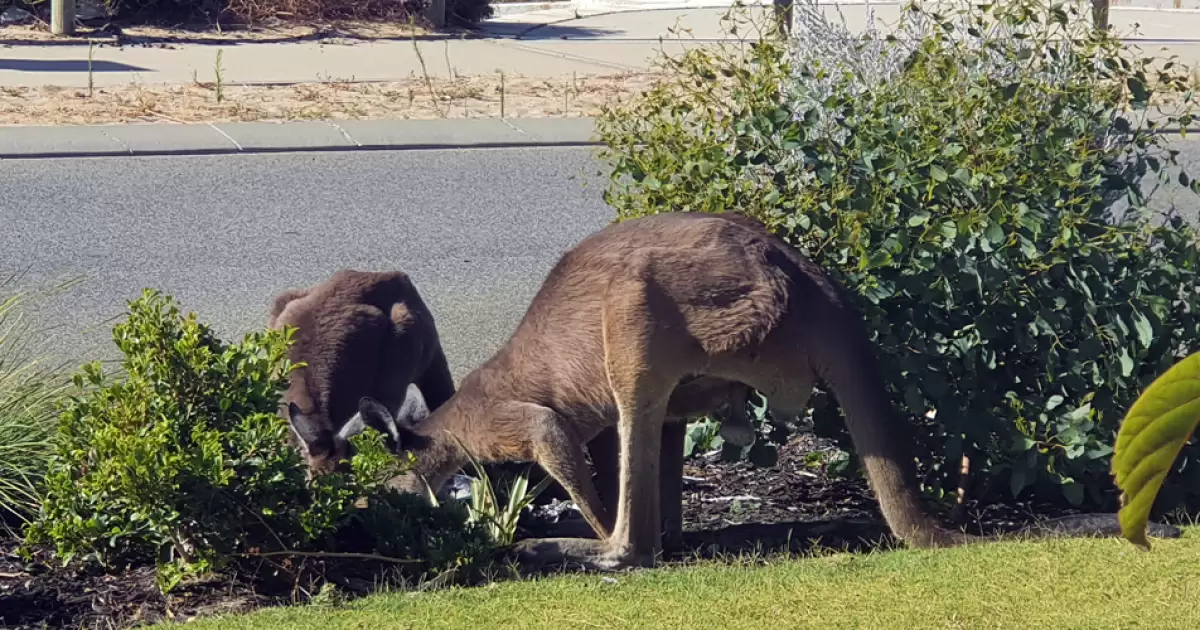Australia has a reputation for its dangerous animals, even if somewhat exaggerated. Statistically speaking though, you're pretty unlikely to be killed by any of these animals in Australia. The animals that pose the biggest risk to our lives might surprise you, with horses, cows and dogs being the most frequent culprits.
However, when you are in the Australian bush it is common sense and good practice to be aware of the possible dangers. Here are some dangerous critters you may come across while travelling Australia.
If you want to learn more about Australian animals, including the dangerous ones, visit the Australian Museum website.
Snakes
We share our continent with about 140 species of land snakes, some venomous, some not. Getting bitten by a snake is more a fear than a reality in Australia. There are maybe 1-2 cases of snakebites that result in deaths a year.
Snakes will usually slither away when they hear you in the vicinity. Snakes rarely attack humans without being provoked. So try to be heavy-footed when walking in the bush. If you come across a snake in your journey, do not disturb it and give it a wide berth.
- always wear stout footwear and be observant
- wear long trousers and/or gaiters
- use a tent with an integral floor and always zip up the door
- use a torch when wandering around outside at night
To find out how to deal with bites or stings that may occur, visit St John Ambulance website:
Eastern Brown Snake [Pseudonaja textilis]
A very nervous snake that can strike out and bite quickly. Medical attention will be needed straight away.
Habitat: across a wide range of habitats (excluding rainforest and alpine regions) all over Australia, mainly eastern and central Australia.
Symptoms:
- can initially be painless and difficult to detect
- can cause eventual paralysis
- can result in uncontrollable bleeding
Coastal Taipan [Oxyuranus scutellatus]
The Coastal taipan is not an aggressive snake, and not as venomous as the Inland taipan. People rarely encounter the Coastal taipan and there have been no known deaths
Habitat: native to the coastal regions of northern and eastern Australia
Symptoms:
- attacks the nervous system and blood
- you might start to bleed internally
- headaches, nausea and vomiting
Common Death Adder [Acanthopis antarticus]
Snakes usually slink off when faced with a threat, however the death adder freezes. Which makes it easy to step on one & get bitten. Their fangs are long and can penetrate quite deeply.
Habitat: found around the coastal regions of Australia in forests and woodlands, grasslands and heath
Symptoms:
- loss of motor and sensory function
- numbness
- respiration starts to slow
- paralysis
- possibly death
Dugite [Pseudonaja affinis]
Most south-west WA residents around urban and semi-rural areas have come across a Dugite at some stage, due to the prevalence of its favoured prey – the house mouse.
Habitat: a variety of habitats including coastal dunes, heathlands, shrublands, woodlands and forests, in the southwest of Australia, including several offshore islands.
Symptoms:
- severe lower back pain
- cramps, sweating, anxiety, nausea
- includes other, possibly fatal, symptoms
Insects & Spiders
Mosquitoe
Mosquitoes usually aren’t a problem if protective clothing (preferably of a light colour) is worn. Mosquitoes can carry and spread diseases such as Dengue Fever and Ross River Virus, but Malaria is not present in Australia..Spray your clothing and exposed skin with an insect repellent and reapply as directed.
Habitat: Mosquitoes are found throughout Australia often living in urban areas.
Symptoms:
- skin rashes
- painful or swollen joints
- sore muscles
- flu-like symptoms (fever, chills, headache)
- tiredness or weakness
If you experience the symptoms below, contact your doctor.
Early symptoms of encephalitis include:
- fever
- drowsiness
- headache
- stiff neck
- nausea
- dizziness
Sydney Funnel Web Spider [Atrax robustus]
Direct UV light will kill a Sydney Funnel Web, so the spiders need cover or shade. (e.g. shoes, burrows under something). They like sheltered sites under logs and rocks where they can find a cool and humid climate.
Habitat: Urban areas and forests in New South Wales, from Newcastle to Nowra and west to Lithgow.
Symptoms:
- can cause death
- affects the nervous system
- bite is very painful
- sweating, tingling and muscle spasms
Redback Spider [Latrodectus hasselti]
Redback bites occur mainly over the summer months. Only the female bite is dangerous. No deaths have occurred since the availability of antivenom. You are not likely to be bitten unless you disturb the web with a body part. Because they have small jaws many Redback bites are ineffective. Redback Spiders are less common in winter months.
Habitat: found throughout Australia in disturbed and urban areas. Webs being built in dry, sheltered sites, such as among rocks, in logs, shrubs, junk-piles, sheds, or toilets.
Symptoms:
- pain (which can become severe)
- sweating (including local sweating at bite site)
- muscular weakness
- nausea and vomiting
Honey Bee [Apis mellifera]
Variable in colour but usually brown with a banded dull yellow and brown abdomen. The head, thorax. Abdomen, legs & around the eyes are covered in hair. If a bee is driven to sting, it rips out the bee's lower abdomen killing the bee. The sting stays embedded in the victim, with the venom gland still pumping.
Habitat: Urban areas, forests, woodlands and heath throughout Australia.
Symptoms:
- sharp, burning pain
- minor swelling
- could cause severe breathing difficulties
In the Water
Box Jellyfish [Chironex fleckeri]
Large, transparent and with a box-shaped bell with up to 60 tentacles in four clumps along the base of the bell. If you are stung by a Box Jellyfish, seek medical attention as soon as possible.
Habitat: Tropical coastal waters around the top end of Australia, from Western Australia through the Northern Territory to Queensland.
Symptoms:
- extremely painful
- immobilises your nerves
- affects breathing and movement
- can cause cardiac arrest and death within minutes
- sweating
- muscular weakness
- loss of coordination
- nausea
- vomiting
- convulsions (in serious cases)
Saltwater or Estuarine Crocodile [Crocodylus porosus]
Estuarine crocodiles (also known as saltwater crocodiles) are extremely dangerous, so take any cautionary signs seriously and all warning signs about them should be heeded. There are numerous crocodile warning signs around popular waterways, however, people still choose to ignore the risks which has resulted in many attacks and near-misses.
Estuarine crocodiles are very good at ambushing prey and are active throughout the year. In the cooler months they are often seen basking in the open on mud banks, however when it gets warmer they prefer the shade of mangroves when out of the water.
Habitat: a wide range of habitats, including rivers, estuaries, creeks, swamps, lagoons and billabongs in northern coastal areas and drainages, from Broome in North West Western Australia to the Gladstone area in southeastern Queensland. Can be found in the ocean.
Symptoms:
- A crocodile bite, or you’re dead
Blue-Ringed Octopus [Genus Hapalochlaena]
Usually are brown and harmless looking, but when disturbed, iridescent blue lines and rings appear. They usually bite when the octopus is picked up and taken out of the water. Depending on where you've been bitten, symptoms can appear within minutes.
Habitat: found on intertidal rocky shores and in coastal waters Southern Queensland to southern New South Wales.
Symptoms:
- the body starts to shut down and becomes increasingly paralysed
- victims usually die because they stop breathing
To find out how to deal with bites or stings that may occur, visit St John Ambulance website

